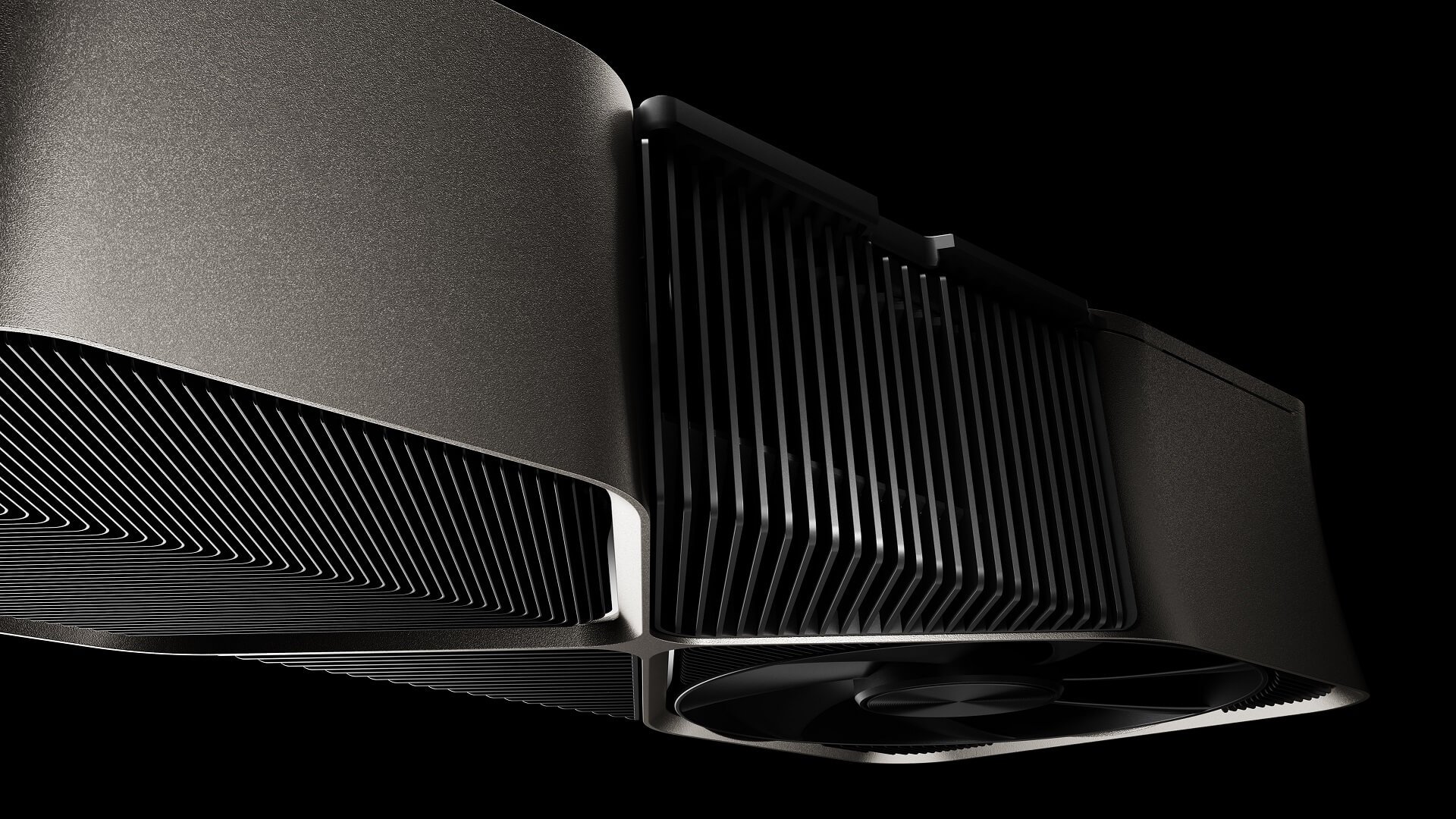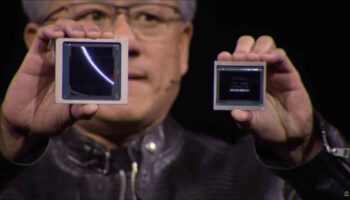Cyberpunk 2077 is set to get the path-tracing update next week, featuring multiple-bounce global illumination, reflections, shadows, and ambient occlusion. The other day we reported that the mighty GeForce RTX 4090 nets a mere 15 FPS at 4K with the RT Overdrive preset enabled. Fortunately, DLSS 3 propels the performance to over 100 FPS without adversely affecting the quality (by much).
Cyberpunk 2077 developers have come forward to explain the path tracing and DLSS 3 implementations. According to the devs, the game is up to 40% slower with path tracing enabled and is being released as a technological demo of sorts. Luckily, you won’t have to shell out much money if you’re in the market for a new graphics card.
Any Ada Lovelace GPU with support for DLSS 3 will do. The GeForce RTX 4070 is set to launch on the 11th of April for $599 and should be able to run the game without any difficulty. Older higher-end RTX 30 series cards should technically be able to net playable frame rates too. Anything less won’t be sufficient.
Furthermore, hybrid ray-traced lighting is more affected by the resolution than merely by the quality preset. Path tracing, on the other hand, is more dependent on the resolution where the pixel count affects the ray tracing quality. We’re talking about the ray counts here, which generally vary from resolution in addition to quality.
DLSS 3 allows users to adjust the path tracing quality (ray counts) using the quality preset, which controls the input resolution and, thereby, the rays cast.
Source: CD Projekt Red






